Here I talk about a recent project doing consumer observational research in Japan, how it differs to the West and what I love about it.
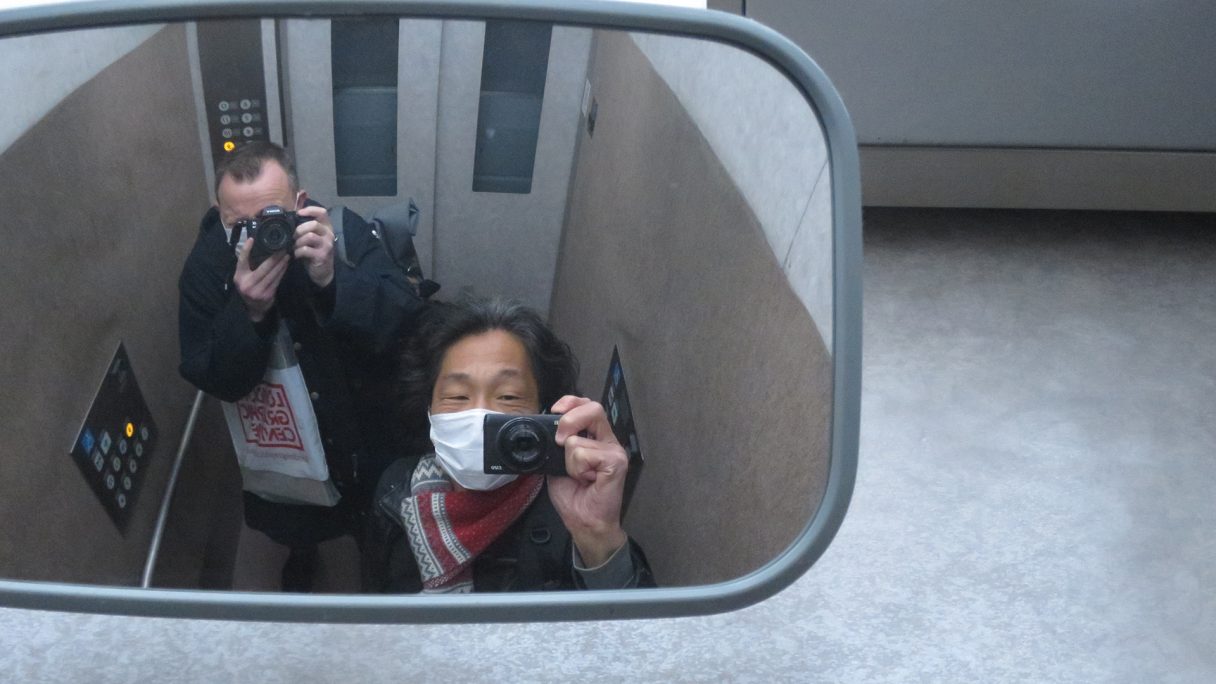
A lot of companies are using consumer research these days. Nothing new about that, or the value it can bring if you are developing a product or service. I’ve been using it as part of my process with clients since the late 90’s while working in San Francisco. Back then it was ground breaking, now it’s routine.
Doing this kind of work in Japan has its challenges. For example, if you work with one of the bigger local research companies it can feel a little ‘by the book’ (formal and process driven) which for our time pressed clients who are happy with ‘quick and dirty’ can be frustrating. And the output is often so detailed that our UK/US based clients who are focused on the big picture – ‘does it work or not, where is the opportunity?’ – walk away without the clear advice they requested.
In February I completed an observational research program in Tokyo with our partner Infield design. Together with co-founder and friend Takashi Sasaki who, with his partner Chiho, I have known and worked with for almost 30 years, we conducted our first face to face research in Japanese homes post-covid. Infield design are a dynamic research agency working closely with global and domestic brands and are definitely not ’by the book’.
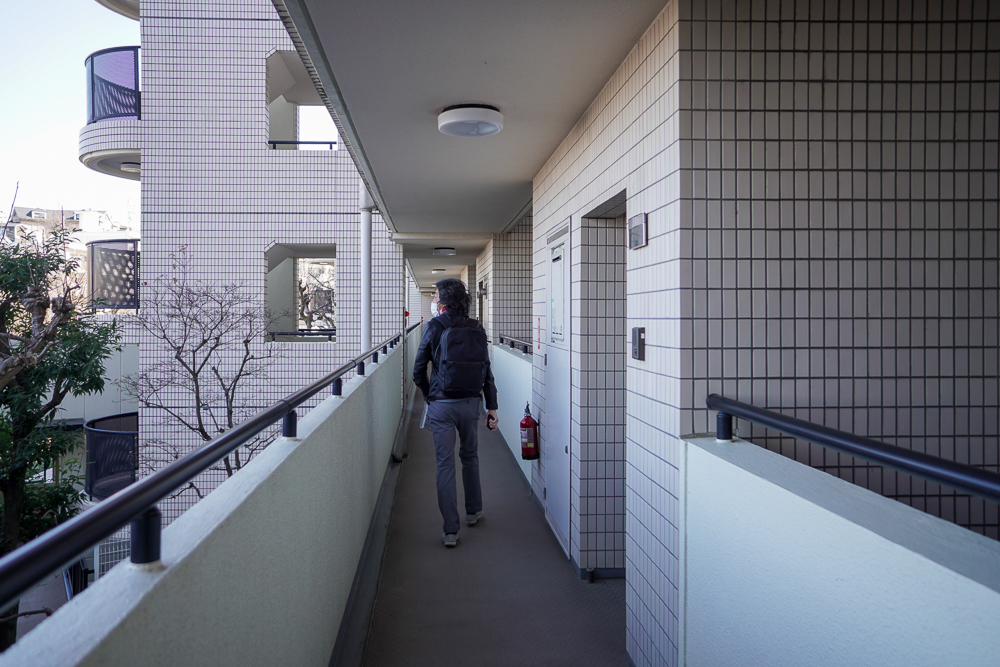
This kind of research is qualitative and used to inform our clients thinking at the early stages of the design process, often before any design. ‘Insights’ is a word I am not fond of, but it does describe what we are looking for in our conversations with and observations of real people in their homes, at work or performing some activity. These ‘insights’ help us to identify opportunities for existing or new products & services and very often uncover information that can change our clients perception of the market and ultimately make or break a product.
What did we do ?
The program took 2 weeks of prep working remotely with our UK/US based client and Infield to build a research protocol (who, what, where), recruit and identify interviewees and make interview stimulation materials (pictures and words highlighting the clients new product) and then I jumped on a flight.
Takashi and I completed 4 in-home consumer interviews in 3 days in the Greater Tokyo area. Each one was conducted in Japanese, 1-2 hours in duration and recorded using video, photography and hand notes. Following this we did a day of data synthesis in the studio, sifting and highlighting key points using photography, notes from the interviews and 50 years of experience between us. Finally, at our clients request we did an ‘executive summary’ review over Zoom using Miro boards to inform their ‘live’ design process. Done.
Human stories

After so long in lockdown it was a delight to spend time with people. Takashi and I travelled, in his beautifully kept Volvo wagon, from the centre of Tokyo to the south coast. We visited an old suburban home, a tiny central Tokyo apartment, a leafy condo and a new-build seaside eco-home. Along the way, through rain, snow and wintery blue skies, we visited consumer electronic stores, ate konbini (convenience store) sandwiches and when I was awake (jet lag), spent the evenings enjoying fabulous Japanese cuisine (and more than a few beers).
What always invigorates me are peoples stories. Takashi is a skilled and curious interviewer able to extract details of the interviewees life without them knowing ! From the optimistic beginnings of married life to the complexity of a long life well lived. You can’t help but be moved and also fascinated by how these stories guide the conditions they live in and the decisions (getting back to my job as a designer) they make when choosing products to buy.
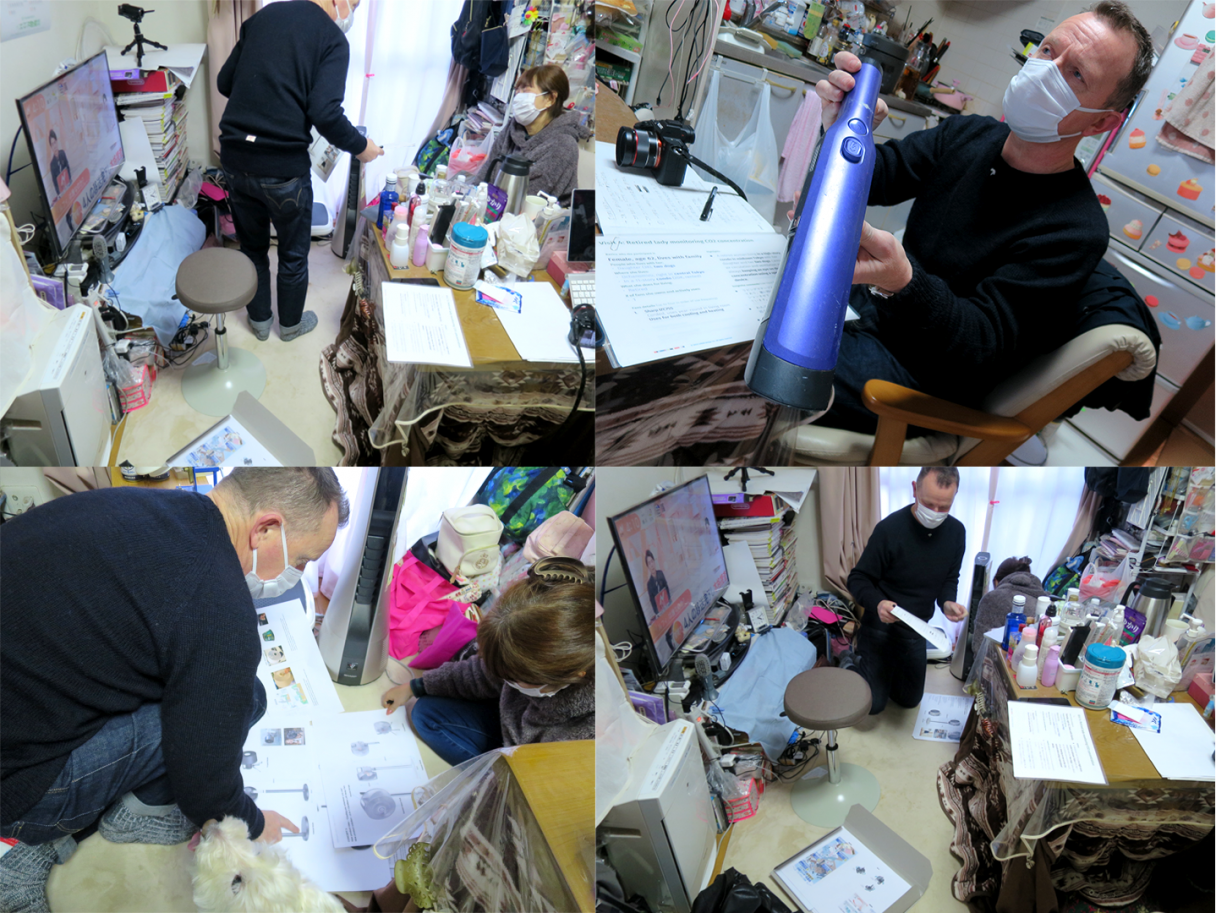
There are many points I could make about the differences in planning this kind of work in Japan vs the West but I want to highlight an important one.
Recruiting Interviewees
In a project in the UK/US with a tight schedule, the first port of call would be ‘who do I know’ amongst an extended network of family, friends and colleagues. But in Japan its common and advantageous to use a recruitment agency. I was cynical about this at first, but here are a few reasons why I think its important and will save you time and money :
Breadth – In a very short amount of time the recruiters will find a huge range of people to fit the requirements for the product category, location, demographic etc. It means, with your client, you can filter your choices quickly and accurately, with plenty of backups should your plans change.
Cultural – Japanese people are private. They are less likely than American’s for example to want strangers questioning and watching them use products in their bathroom, how they pay their bills or cook noodles. So those who have signed up to a recruitment agency will be more likely to talk.
Expectation management – If two middle aged men (Takashi and I), one of them a ‘foreigner’ (with less than perfect Japanese) show up with cameras and video recorders at a single women’s home in the middle of the day, this needs to be made clear before you are on the doorstep. For obvious reasons.
Formalities – Japan is a country full of rituals, seen and unseen, most of which I don’t have the verbs for. So having the legal and payment issues dealt with directly by the recruitment agency, means no awkward fumbling with envelopes of cash or signing NDA’s on the door step.
Going back to the project we completed
Although I can’t talk about the product, the outcome fundamentally changed the clients perception of Japanese consumers, the environments they live in (its not the zen of the coffee table books) and how this product would be used and positioned. We highlighted the good and bad of their early concepts as well as pointing at the market opportunities. As a result, its not a stretch to say, if they simply launch the product as planned without implementing our advice it would flop in Japan.
Outside of the seemingly endless rush to develop the next ‘must-have’ product I’ve come to realise (with advancing years) how important it is to remember the human stories that impact what we do. And just what a privilege it is to step into the lives of others, even if only for a few hours.
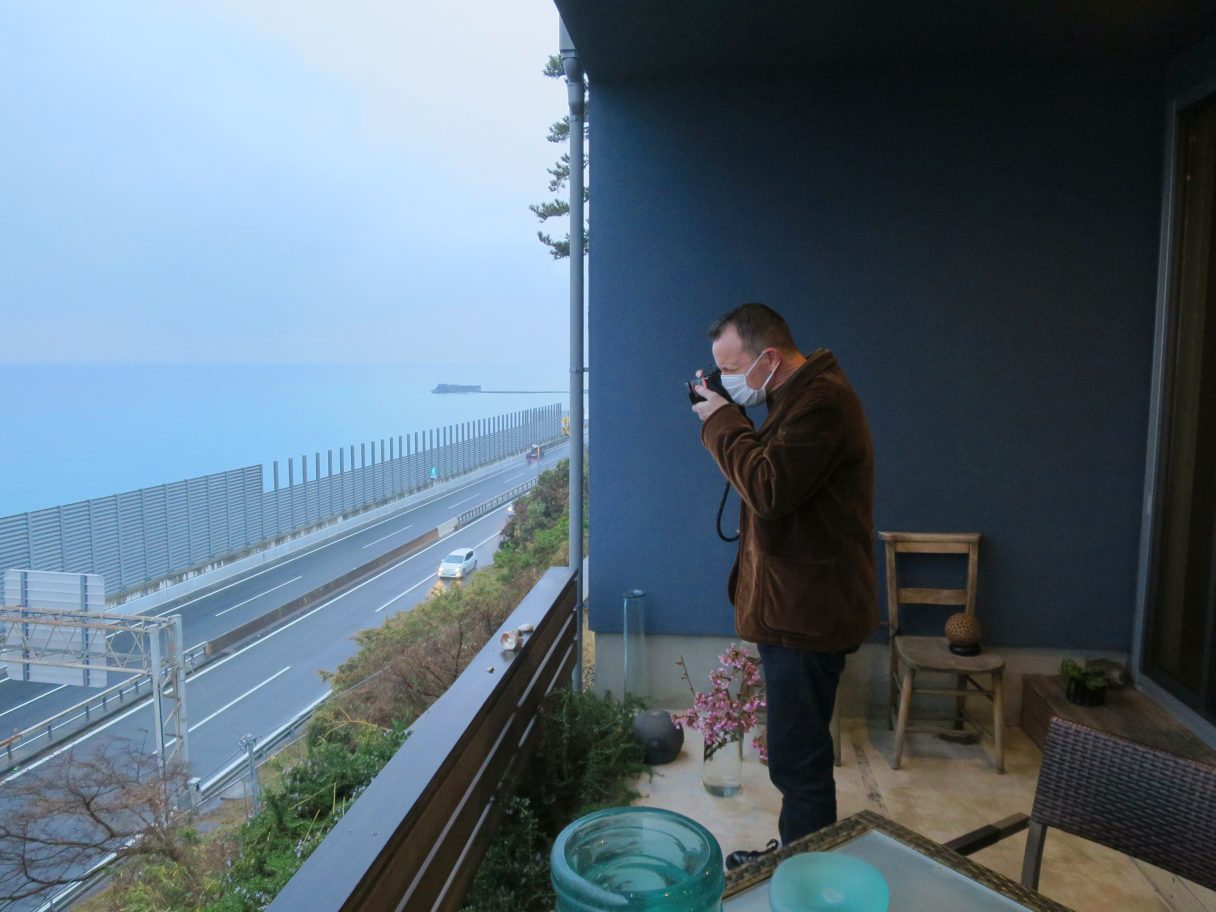
The Division has over 20 years experience, navigating and interpreting the Japanese market and culture for our clients. We’ve built a strong network and close working relationships with people in Japan who ‘get’ the way Western companies think and operate. Our experience is totally unique for a design company outside of Japan, and continues to be successful in helping our clients export their products.
For companies who want to talk about launching their product in the Japanese market please get in touch with me here.
And the details of this project here.
RELATED
-
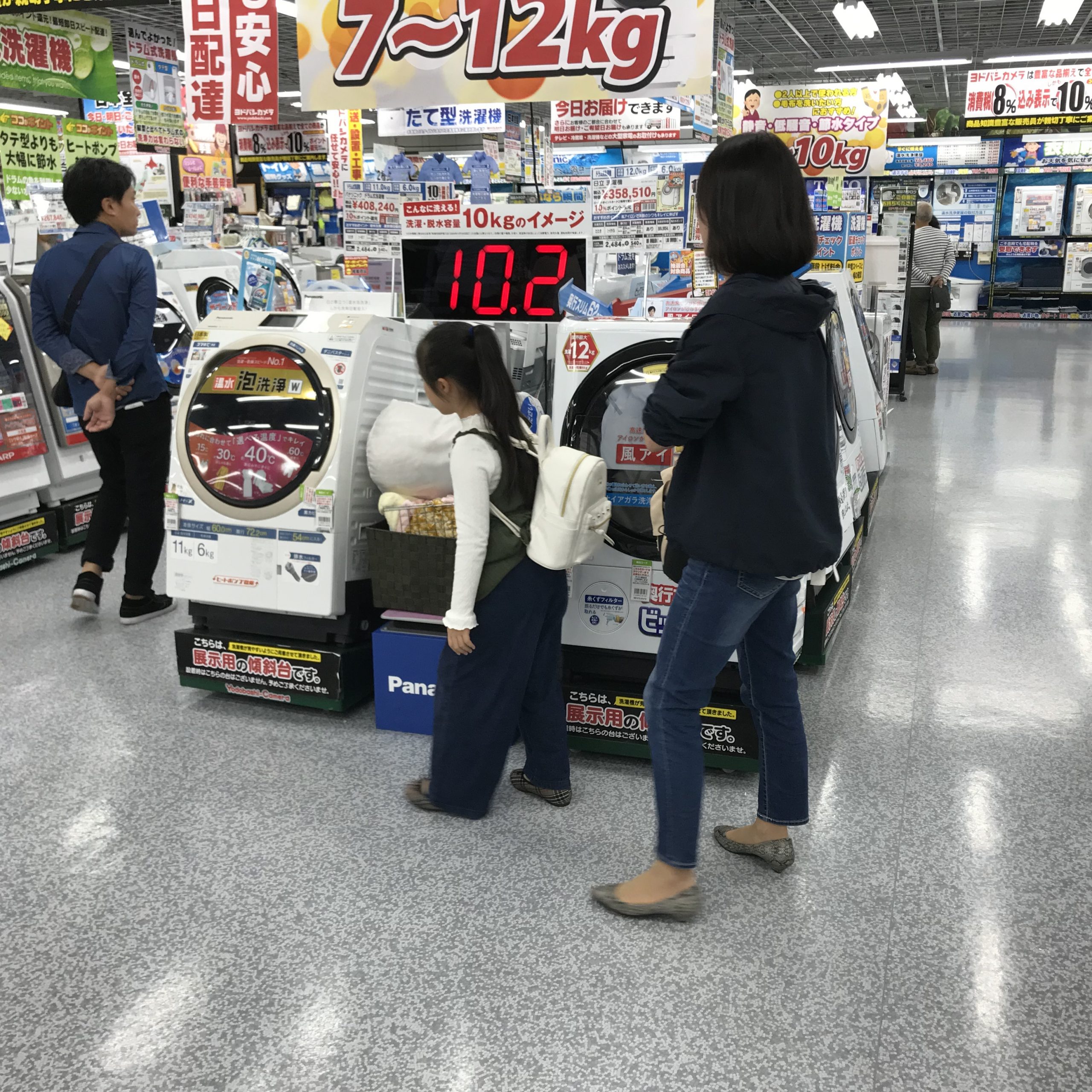
Shark – Japan Market Research
Shark invited us to undertake a retail research exercise and uncover key themes in the Japanese market.
-
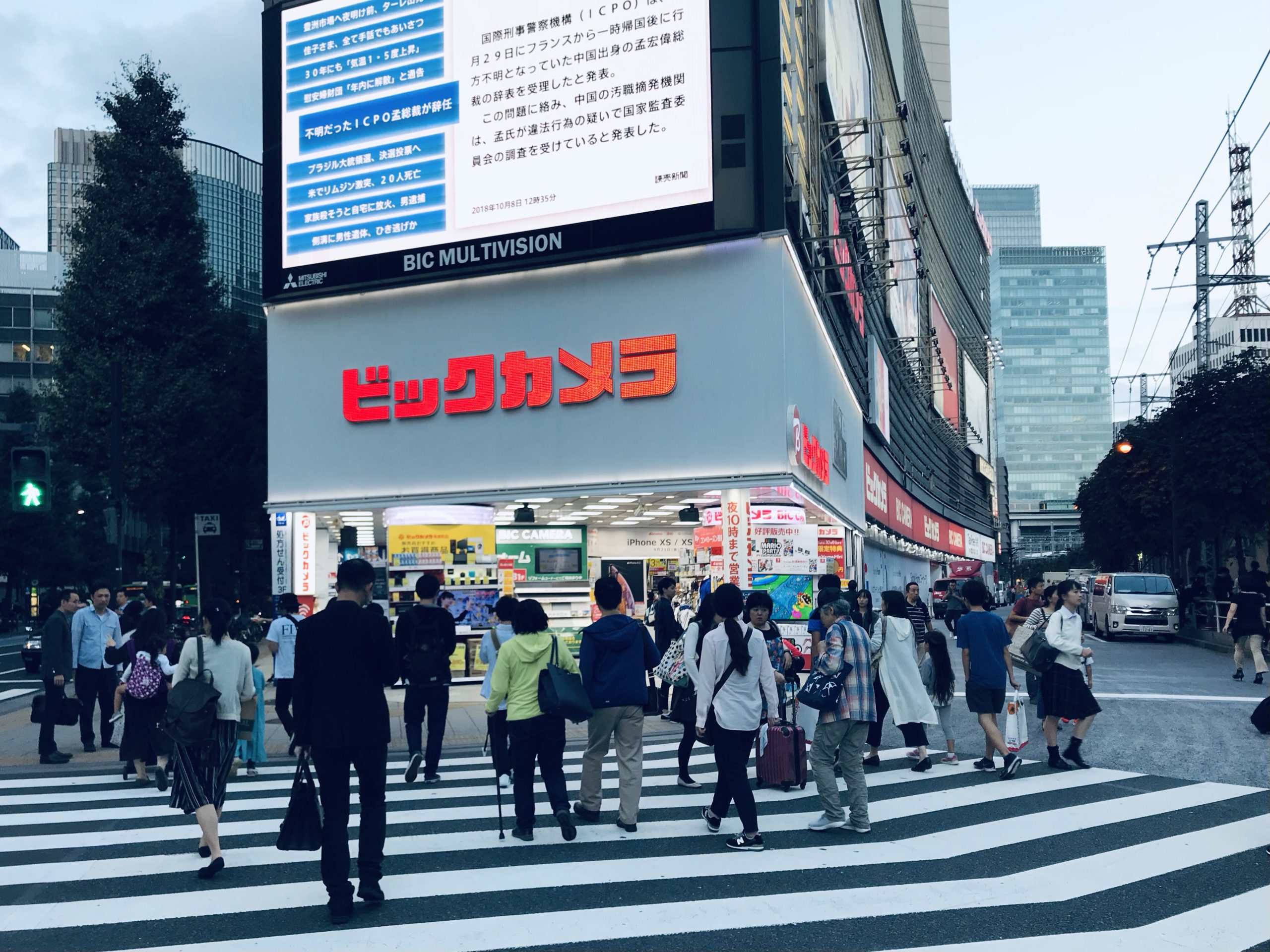
Take me down to Denki Town
I take a deep dive into consumer electronic retailing in Japan for ‘Take on Japan’ – heres what I found.
-
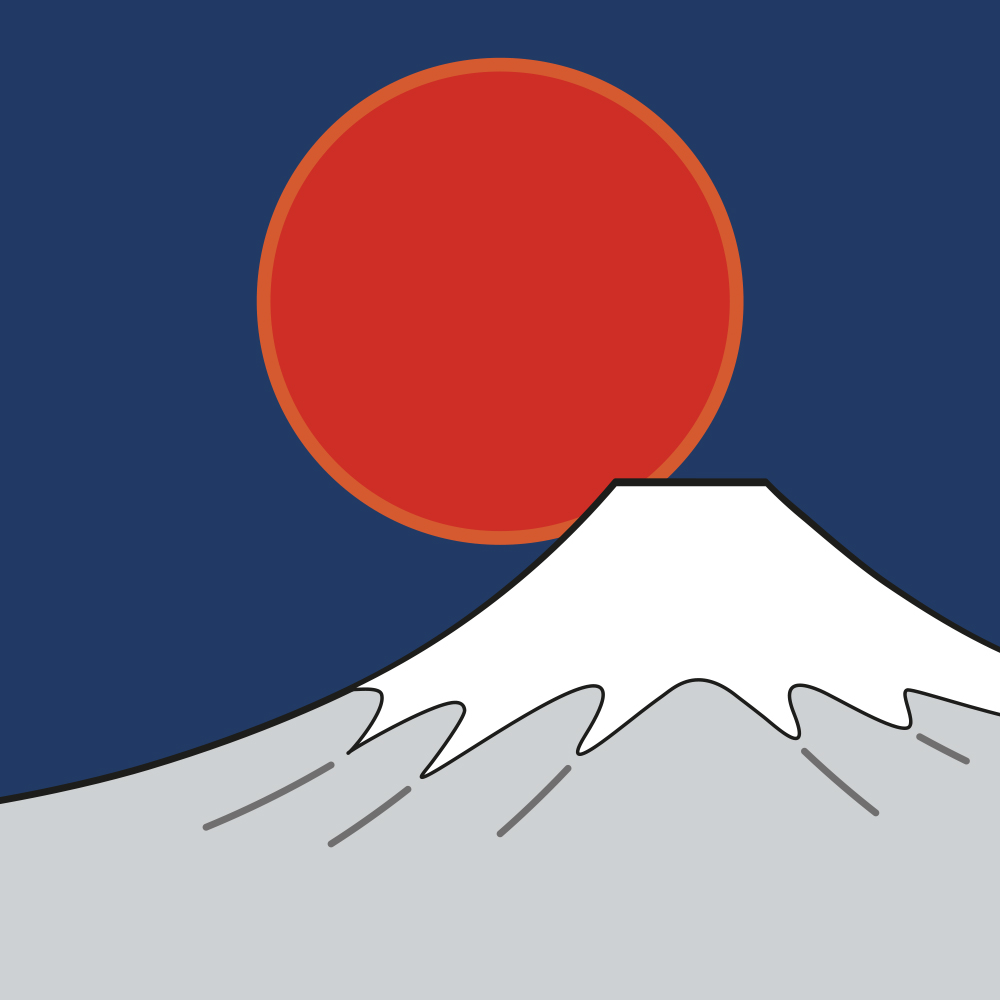
Shark – Navigate Japan
Japan is the 3rd richest economy in the world. Like many companies Shark Ninja see a huge opportunity to increase brand recognition and revenue in this market.